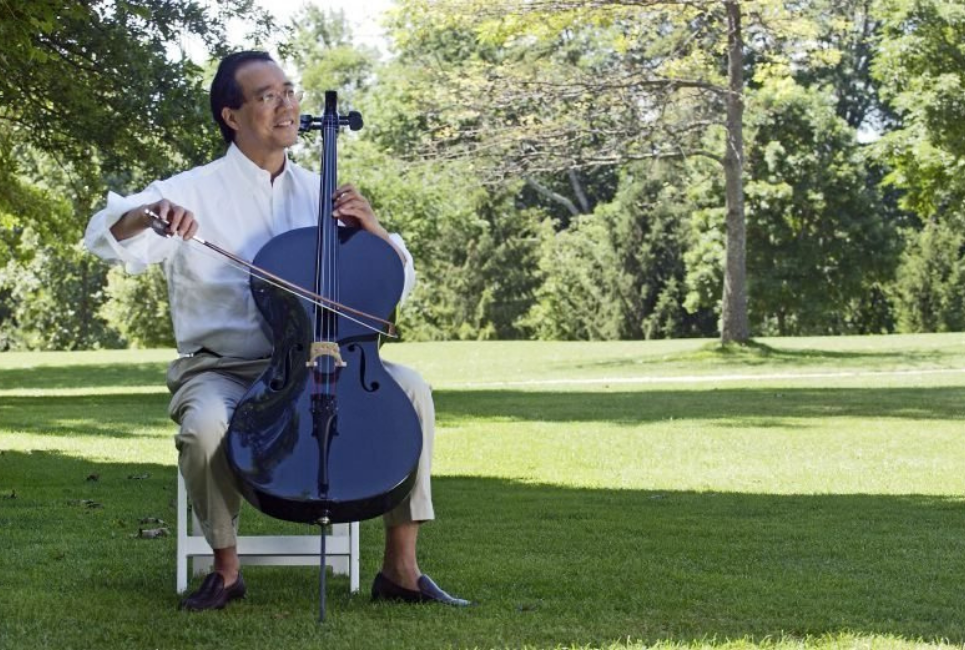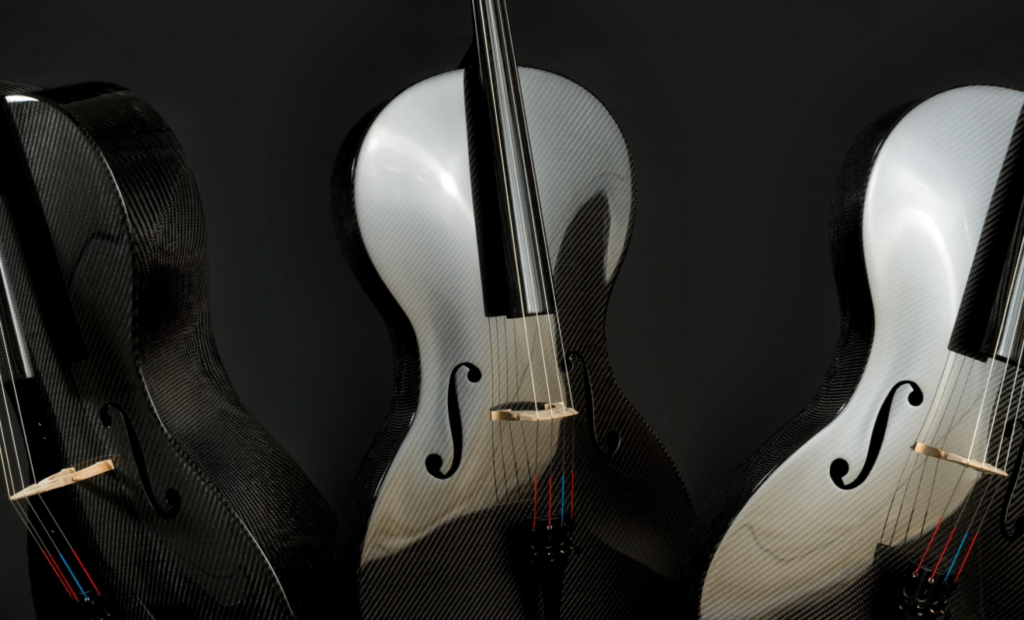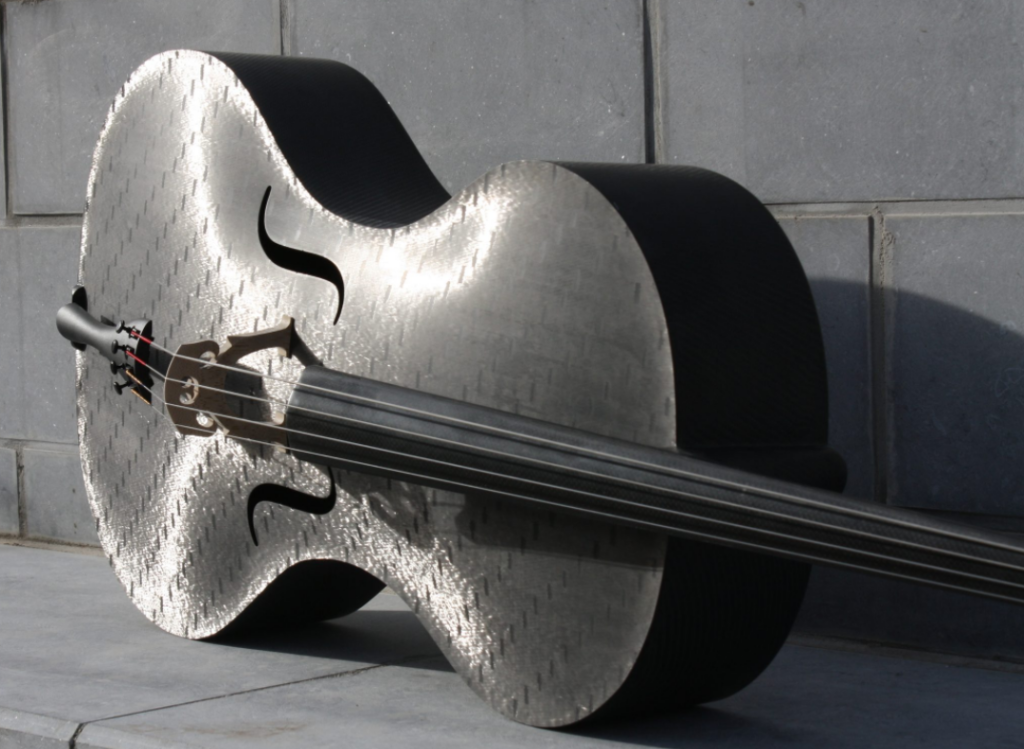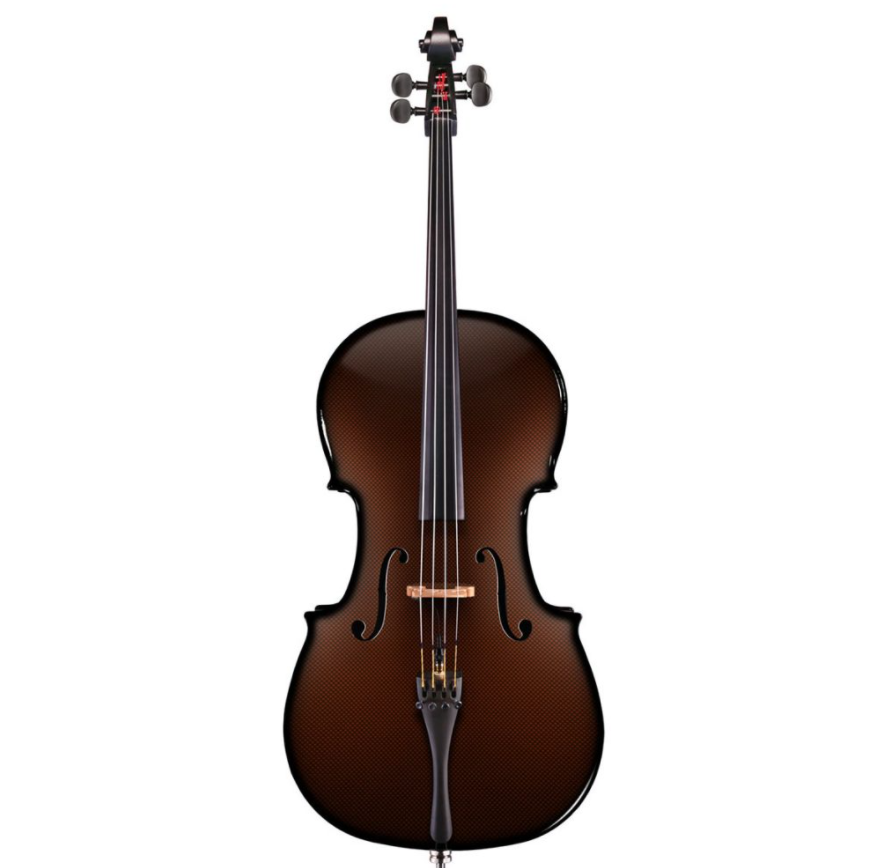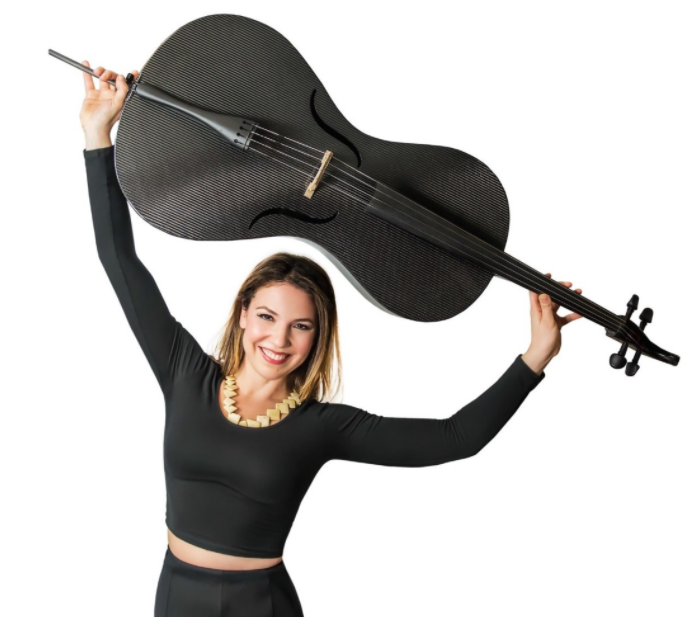- Best Carbon Fiber Cello Options - December 28, 2021
- How to Find the Best Electric Cello: Why I Love The Bridge Draco - December 16, 2021
- How to Find the Best Jazz Cello: Jazz Cello’s I Recommend - December 13, 2021
Carbon fiber cellos have become increasingly popular as cellists discover their many advantages. Wood cellos are heavy and fragile. Carbon fiber is lighter than wood but stronger than steel. It does not swell or shrink with humidity or temperature change, and can be played in conditions that might damage a wood cello or throw it out of tune. And carbon fiber transmits sound beautifully: carbon fiber cellos are famous for their responsiveness and their powerful, penetrating tone.
Right now there are only a few carbon fiber cello options on the market, and they’re all pretty expensive. But their durability, reliability, and great sound make carbon fiber cellos a great investment for serious musicians. You’re interested in a carbon-fiber cello, but you want to know what you get for your money. This is why I’ve gathered a list of the best carbon fiber cellos.
The Key Differences Between Carbon Fiber and Wooden Cellos
A luthier starts a cello body by carving the top and back. They then mold the sides and attach them to the bottom with wood glue. This is a time and labor-intensive process. It’s not uncommon to find a hidden knot or flaw in the wood while you are planing it, forcing you to start again. And because they are built by hand, wooden cellos can suffer from small luthier mistakes that later become big problems requiring repairs.
When working with carbon fiber, the luthier starts with two molded parts built with carbon fiber. Carbon fiber can be molded and machined to very tight specifications, and the carbon fiber composite blend can be carefully blended to different material and acoustic specifications. Instead of using glue, luthiers seal the parts together with an epoxy that is much stronger than wood glue.
The carbon fiber cello body is considerably more resonant than a wooden cello body. String players who own both instruments note that the same amount of bow pressure gets you a louder note on carbon fiber than on wood. While early carbon fiber cellos were criticized for a bland sound, years of research have produced carbon fiber cellos that are indistinguishable from wood by all but the most trained ears. (And those ears are more likely to praise the carbon fiber cello’s strength of projection than to criticize its tone).
How I Chose the Best Carbon Fiber Cellos
When ranking carbon fiber cellos, here are some things that I took into consideration.
Ability
Young cellists can certainly benefit from carbon fiber’s durability and responsiveness, but carbon fiber’s cost means you’re spending a lot of money on an instrument your child may soon outgrow. (The good news is that you should have no trouble reselling the instrument when that happens. Your child will have to work very hard to do irreparable damage to a carbon fiber cello). Performing cellists can benefit from carbon fiber’s durability in travel and its stability during stormy or humid outdoor events.
Cost
There are no cheap carbon fiber cellos on the market, and every instrument on this list will set you back several thousand dollars. Carbon fiber cellos are a serious commitment, so I wanted to make sure you get your money’s worth. It helps that all the instruments listed are durable and should last decades under ordinary or even most extraordinary circumstances.
Amplification
In this age of digital recording, even purists are discovering the advantages of pick-ups in string instruments. Electric cellos have become increasingly popular in many musical genres, and many recording engineers are finding it’s easier to get a good cello track using a pickup than standard miking. If you’re at a stage in your career where you are touring regularly with your cello, there’s a good chance you’re also recording.
Top Pick: Luis and Clark Carbon Fiber Cello
All the cellos I have listed are excellent instruments, but Luis and Clark’s price-to-value ratio makes it my pick for the best carbon fiber cello. Carbon fiber cellos are a big investment, but Luis and Clark’s cello will last you through a lifetime of cello playing at any level. The best instrument comes down to personal preference and some of our other cellos might be better suited for different situations. But for most cellists, Luis and Clark is the best carbon fiber cello available.
Here’s a video of cellist Caleb Yang performing Bach’s Suite #6 for Solo Cello on a Luis and Clark carbon fiber cello.
Best Beginner Carbon Fiber Cello: Glasser Carbon Composite Cello
Before they began making cellos Glasser introduced the first fiberglass bows. Later Glasser won accolades for their carbon composite tailpieces, which are lighter, stiffer, and more durable than traditional ebony tailpieces. The Glasser Carbon Composite cello is the next evolutionary step, a carbon-fiber cello built to last by a company with decades of experience in stringed instruments.
The Glasser comes with highly-regarded Larsen strings (Glasser is Larsen’s American importer) and its Glasser tailpiece includes four fine tuners that will help you ensure you get exactly the sound you want. And Glasser makes its cello in 1/2 and 3/4 sizes. Student instruments should be durable, and they don’t come more durable than carbon fiber. The Glasser will stand up to anything an enthusiastic student orchestra can throw at it.
With prices ranging from $2,700 to $4,300, the Glasser Carbon Composite cello is not a small investment. But if you are serious about mastering cello, you’ll find the Glasser will serve you faithfully and give you professional-quality sound through situations that would leave a wooden cello out of tune or in splinters.
Pros
- A great instrument for gigs in extreme weather or temperature conditions
- Built by a leader in the stringed instrument industry
- Professional-quality sound and carbon fiber durability at a very reasonable price
Cons
Best Carbon Fiber Second Cello: Mezzo Forte Evo Line Cello
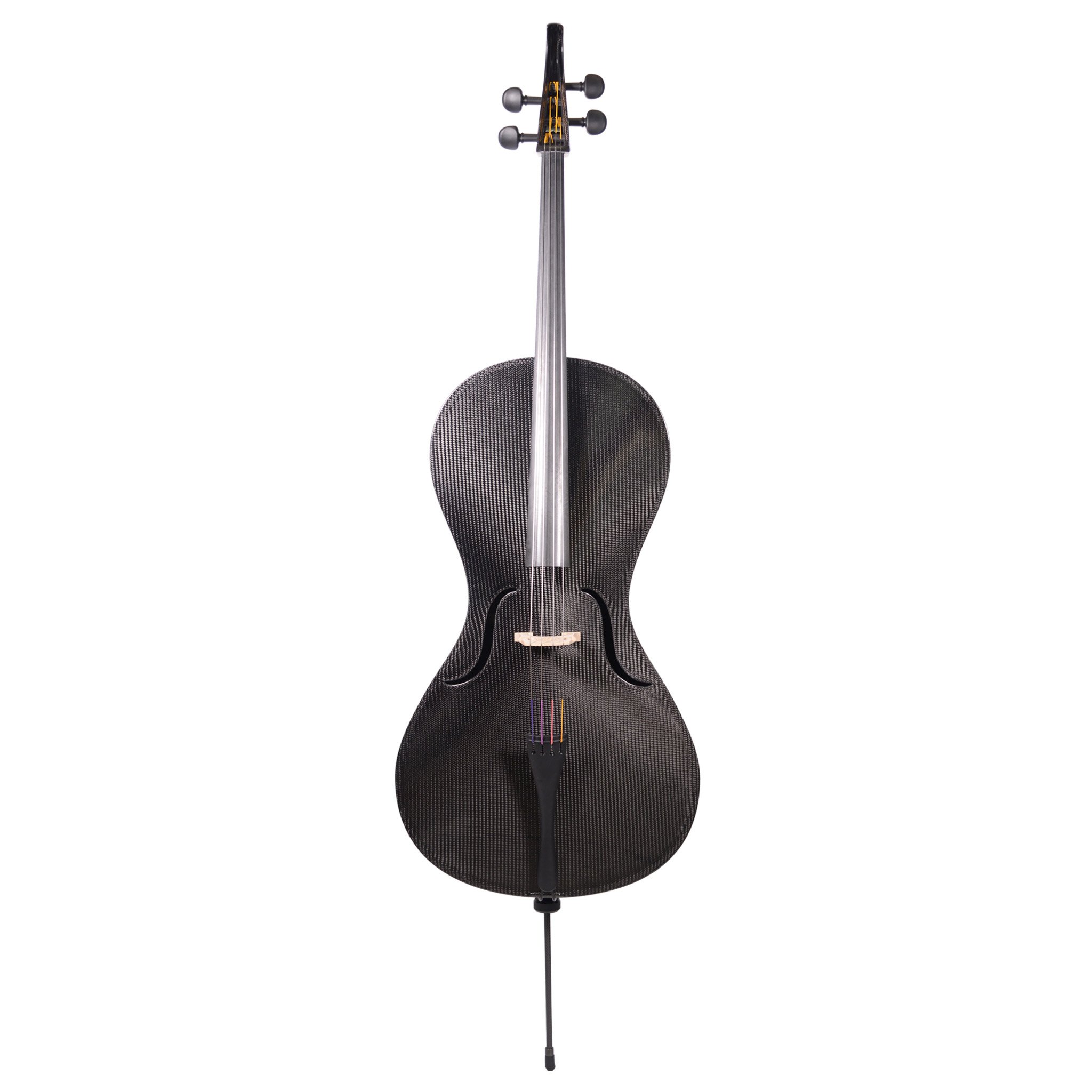
German manufacturer Mezzo Forte is best known for carbon-fiber violins, but their cellos are equally durable and sound equally sweet. The Evo Line is Mezzo Forte’s less expensive alternative to their highly regarded Design Line. Mezzo Forte’s Evo cello is polished but not lacquered, giving it a less shiny appearance than theit Design Line. The Evo has no option for custom finishes or for a 5-string setup. But the line is otherwise almost identical to the Design Line and costs a good deal less.
If you are looking for a touring instrument or a second cello, the Evo may be the perfect instrument for you. At around $3,300 an Evo cello will set you back a good chunk of change, but you’ll get an excellent instrument that will shine at outdoor events. (And though carbon fiber’s superior projection makes it difficult, with practice you’ll finally master pianissimo on your new instrument).
The Mezzo Forte Evo Line cello is perfect for beginners who are comfortable with a full-size cello (It is actually a good bit cheaper than the full-size Glasser, but does not come in smaller sizes). While it may not be suited for the youngest players, the Evo will be a fantastic student cello for an adult or teen beginner.
Pros
- Very reasonably priced student to advanced intermediate instrument
- A great second instrument for touring
- Durable in all sorts of playing conditions
Cons
- Does not come in smaller sizes
Best Electric Carbon Fiber Cello: Bridge Draco
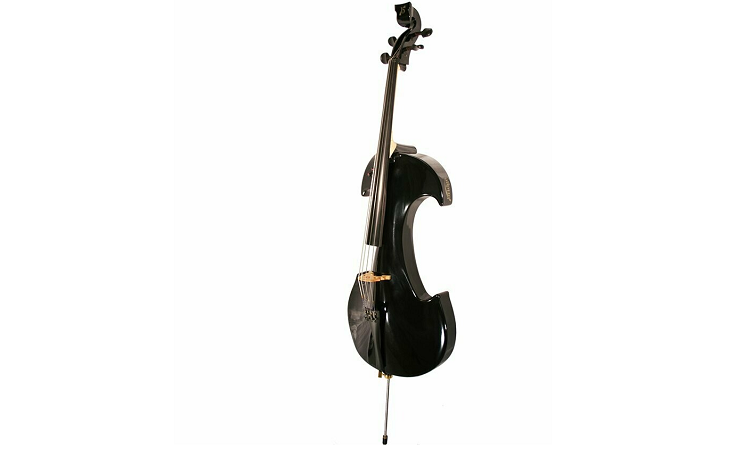
While electric cellos are growing increasingly popular, many cellists complain their sound lacks the depth and complexity that makes the cello such an interesting instrument. The Bridge Draco uses a hollow carbon fiber/kevlar composite body to produce a rich, warm, resonant tone you don’t find in most electric cellos.
The Draco’s carbon fiber body isn’t just durable, it’s also eye-catching. While many electric cellos (and electric orchestral strings in general) have boxy, utilitarian designs, the Draco comes in a variety of bright colors with beautiful sweeping Art Nouveau curves that will make you the center of attention at any performance.
Electric cellos let you play with pedals for wah-wah, reverb, and many other effects. You can plug the Draco directly into a DAW or audio interface to create loops, manipulate the signal, or simply record your performance direct to digital with no need to worry about the eternal hassle of trying to record a live cello performance.
The difference between electric and acoustic cellos is as great as that between electric and acoustic guitars. You will encounter a learning curve as you master the quirks and strengths of your new instrument. But if you want to be at the cutting edge of cello performance, the Bridge Draco is the best electric cello on the market today.
Pros
- Wide variety of colors and finishes to choose from
- A great instrument for jazz, rock, and EDM as well as classical music
- Will stand out on stage during performances
Cons
- Transition to electric cello will involve a learning curve
Best Electric/Acoustic Carbon Fiber Cello: Mezzo Forte Hybrid
If you are curious about the possibilities of electric cello but play a lot of acoustic gigs, the Mezzo Forte Hybrid gives you the best of both worlds. The Hybrid can be used unplugged as a fine cello, or you can use the 1/4″ (6.25mm) jack near the endpin to plug into an amplifier, DAW, or effects panel of your choice. The Hybrid’s ANS (Absolute Natural Sound) system uses dynamic microphones to give you a rich, clear signal filled with overtones.
The Hybrid is assembled by hand in Germany. The composite fingerboard feels like ebony and can be sanded like ebony, but contains no CITES-protected hardwoods. Optional upgrades include fine tuners on the Wittner tailpiece and carbon fiber “Anima Nova” soundposts. You can also order this hybrid as a 5-string instrument, with your choice of a low F that will give you added low end or a high E that will make those Bach solos much easier. And if you don’t want your new cello standing out in the orchestra pit, you can get an airbrushed “Orchestra Finish” that makes the body look more like wood.
At over $5,000 the Hybrid is nearly twice as expensive as the Bridge Draco and lacks the Draco’s treble, bass, and volume knobs. But where the Hybrid may lack some specific features it scores big points on versatility.
Pros
- Can be used as an electric or an acoustic cello
- Excellent instrument for recording purposes
- Exceptionally responsive to bowing and fingering
Cons
- Carbon fiber body not sensitive to heat or humidity, but electric pickups may be another story
Best Carbon Fiber Cello: Luis and Clark Carbon Fiber Cello
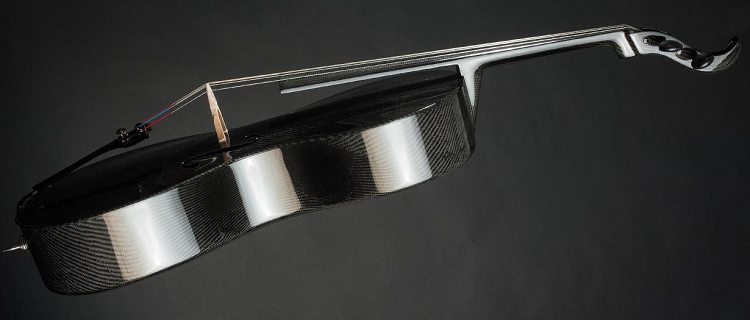
Massachusetts luthiers Luis and Clark don’t just build their cello bodies with state-of-the-art materials. They also use modern ergonomics to make their cellos more playable. Luis and Clark’s cello design lets you play closer to your body and keep your arm a bit lower at the A string than classic cellos. This means less of those awkward bowing movements that lead to “cellist’s shoulder.” The rounded neck has no sharp edge to poke against your chest, something you will appreciate during long rehearsal sessions.
Perhaps the most famous Luis and Clark owner is legendary cellist Yo-Yo Ma, who says “I really love this instrument… we can play music that is traditional, but actually we are using technology to make it better.” At the 2009 inauguration, Ma used his Luis and Clark cello, which sounded splendid in weather cold enough to crack a Stradivarius.
If you want a carbon fiber cello you can play for the rest of your life, from struggling with scales to headlining Carnegie Hall, the Luis and Clark is the instrument for you. At over $7,000 the Luis and Clark is a big investment, but if you are a serious cellist it will be the last cello you ever need.
Pros
- 1/2 size and five-string models available
- An occasional Windex wipe-down is all the maintenance it needs
- Powerful projection and great fortissimo that will rise above an orchestra or big band crescendo
Cons
- Expensive
FAQ
Answer: Carbon fiber cellos are very responsive and project sound very well. This means you will have no problem with crescendos, but it also means every mistake will be amplified for the whole world to hear. Your carbon fiber cello will reward good technique and punish sloppiness harshly.
And because carbon fiber cellos project sound so well, many cellists find very soft passages challenging. They want a double pianissimo, but their carbon fiber cello won’t cooperate. All these issues can be overcome with technique and this responsiveness will help make you a better cellist, frustrating as it may at times be.
Answer: Carbon fiber is more resonant than even the best tonewood and a carbon-fiber cello will generally have no trouble being heard over the orchestra. While many critics complained that early carbon fiber instruments had a one-dimensional sound, today’s carbon fiber cellos are indistinguishable from a wooden cello to most ears.
One advantage carbon fiber cellos have is the consistency of sound. Because carbon fiber can be machined and molded to very tight specifications, you can be sure one instrument will sound like another. And because carbon fiber does not shrink or expand with heat or humidity, carbon fiber cellos stay in tune under conditions where a wooden instrument would stumble.
Answer: Unlike wood, carbon fiber doesn’t expand or contract in response to heat or humidity. That makes carbon fiber a great choice for string instruments that will be played in hot or humid conditions. If carbon fiber is submerged in water, the body will not be harmed. But that doesn’t mean it would be a good idea! Wooden parts like bridges, soundposts, and fingerboards are still susceptible to water damage, as are electric pickups and preamps.
Final Words
All these cellos will do the job, but if you’re a serious cellist looking to make a lifetime investment, the Luis and Clark cello is the best carbon fiber cello. It’s an expensive instrument, but one that will give you decades of worry-free touring and maestro-quality sound under challenging conditions. It is tough enough for students and reliable enough for professional musicians.
If you are interested in an electric instrument, the Bridge Draco is the best electric carbon-fiber cello. The Bridge Draco is the best electric cello on the market, thanks largely to its hollow carbon fiber body. The Draco will help you dial in the sound you want, from bluesy distortion to crystal-clear resonant passages worthy of an acoustic.
Whatever instrument you choose, you’re sure to enjoy the benefits of your powerful new heat and humidity-resistant carbon fiber cello for a long time to come. Happy playing!
Looking for more interesting readings? Check out:

